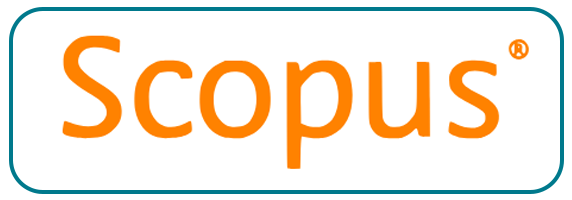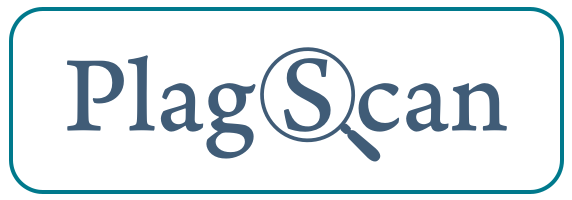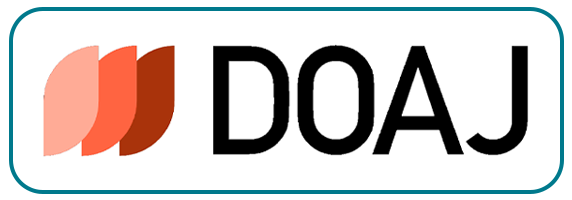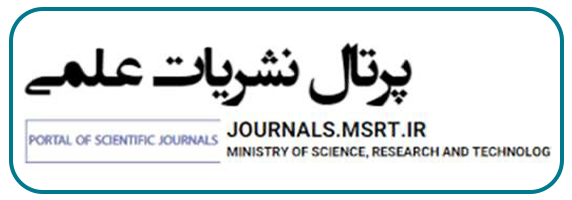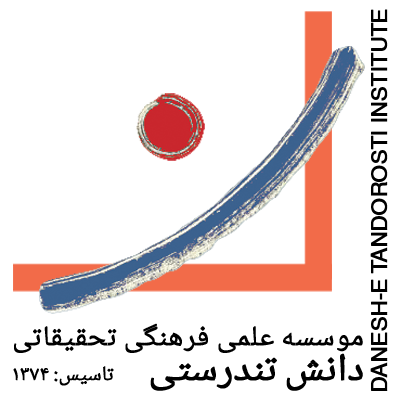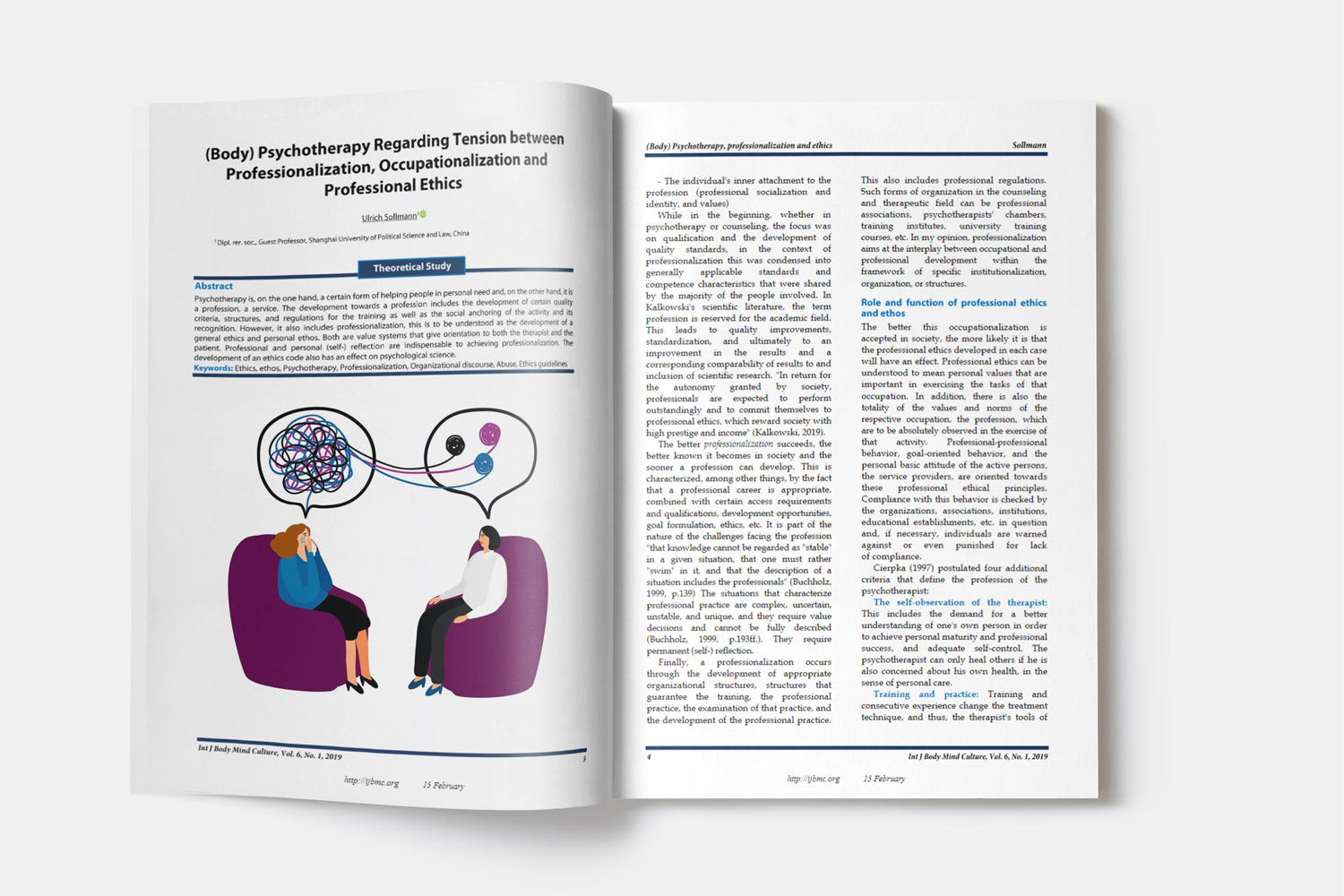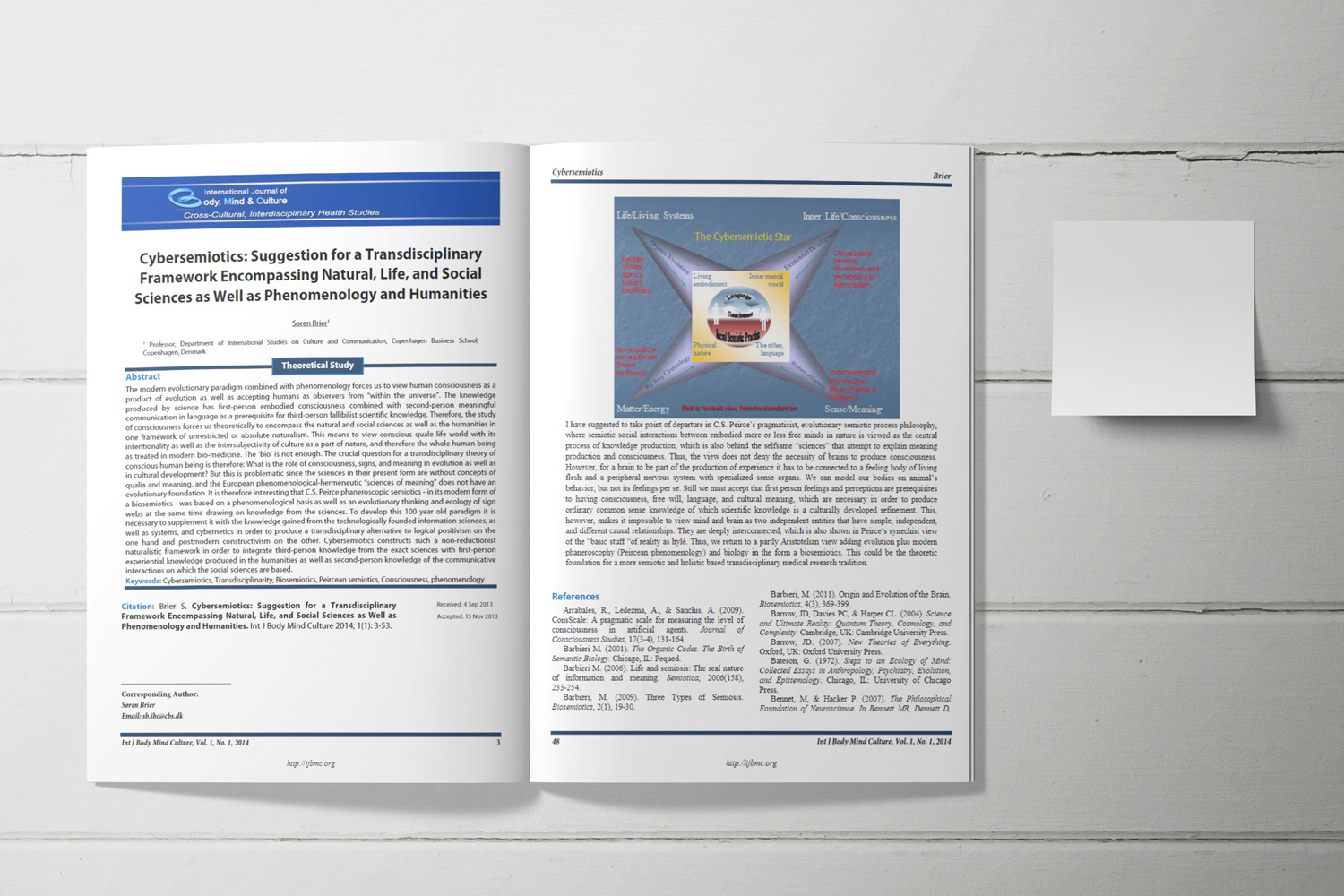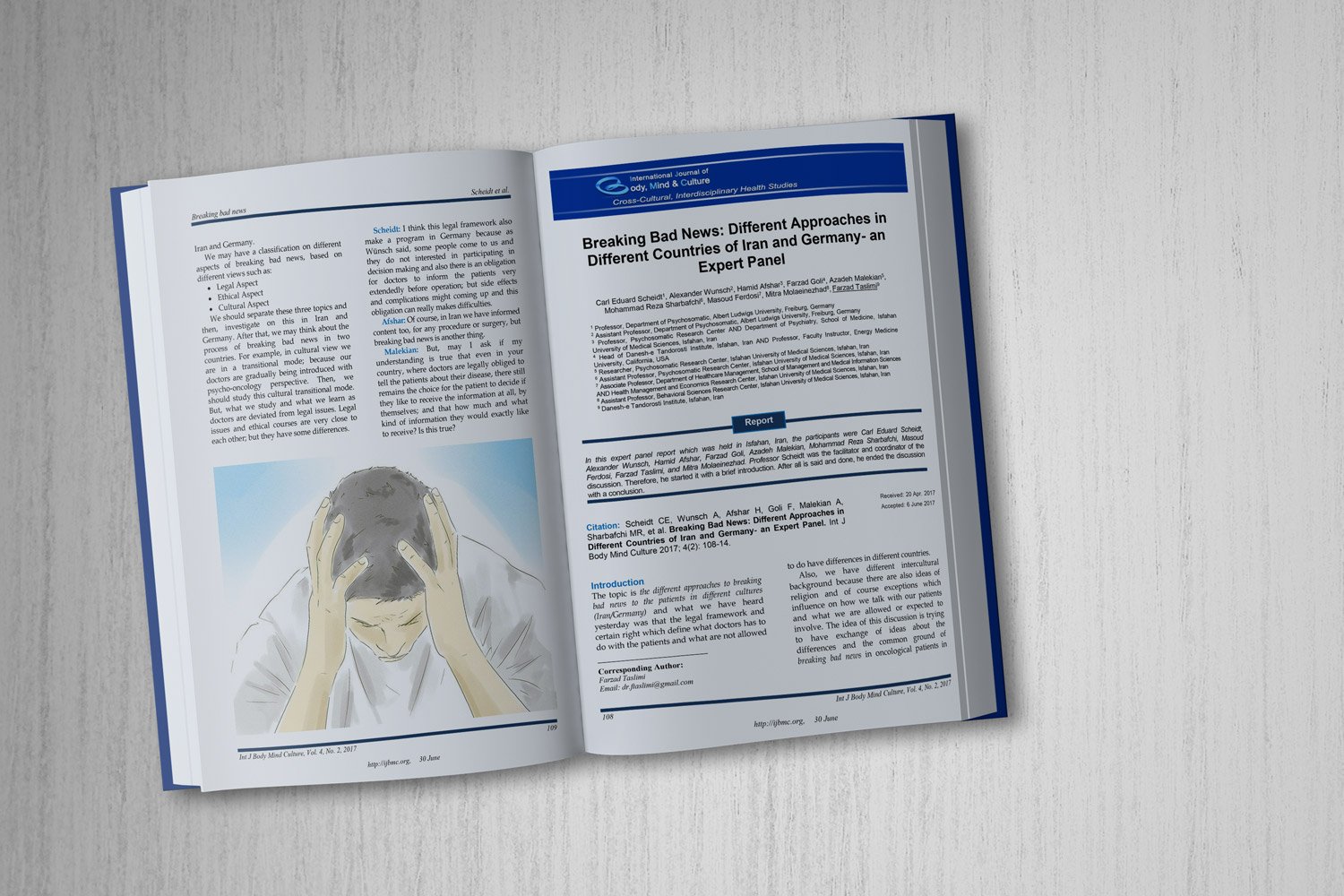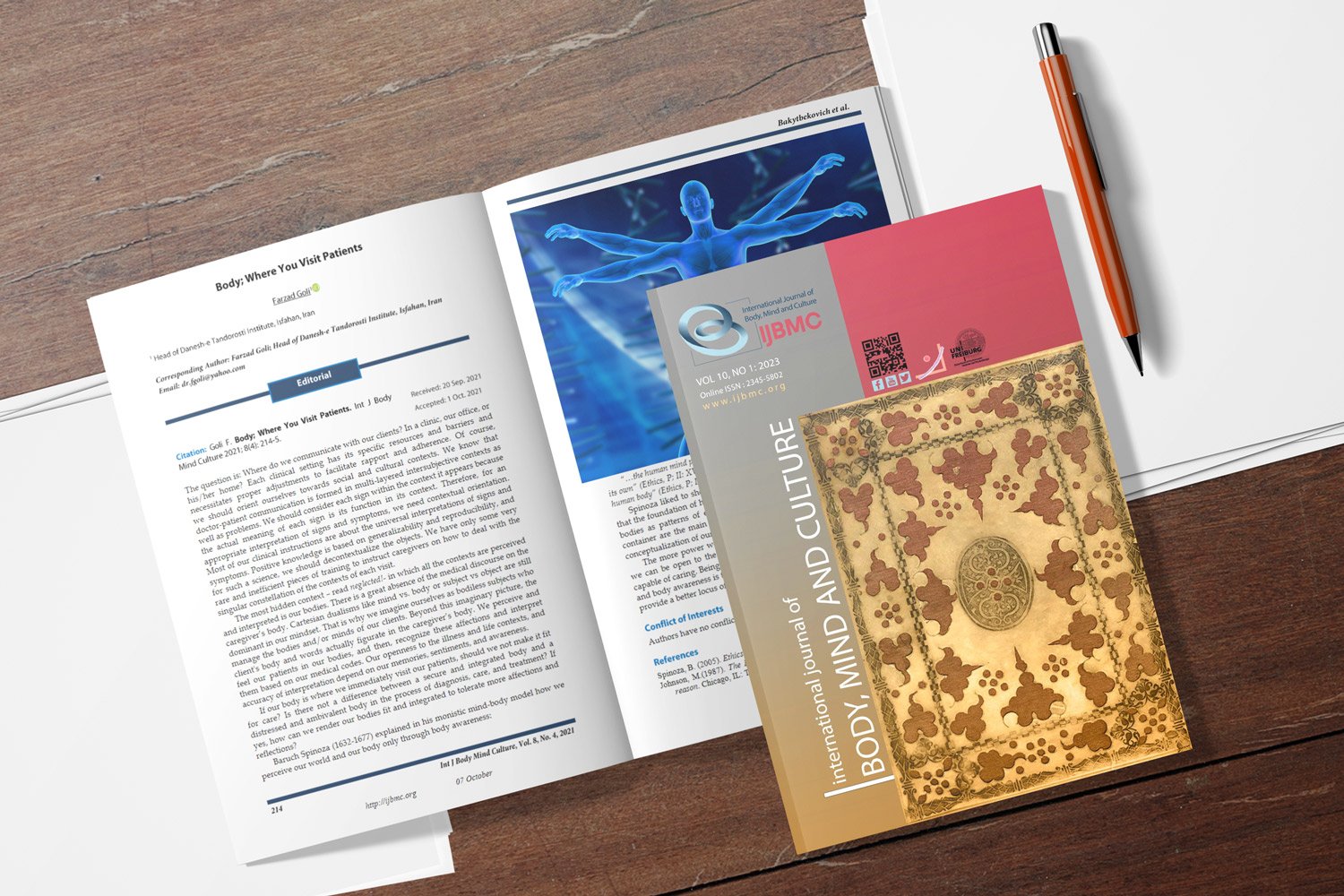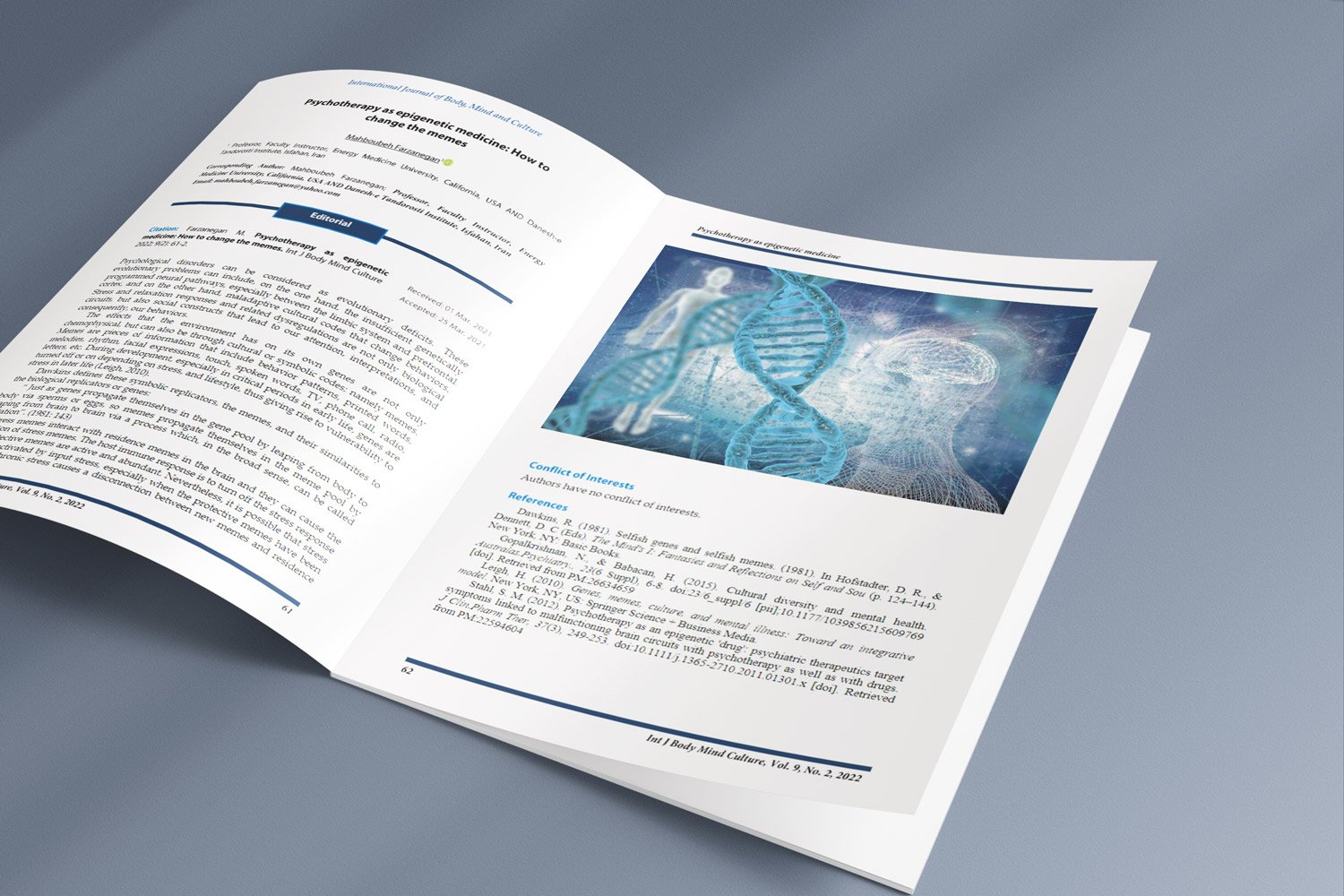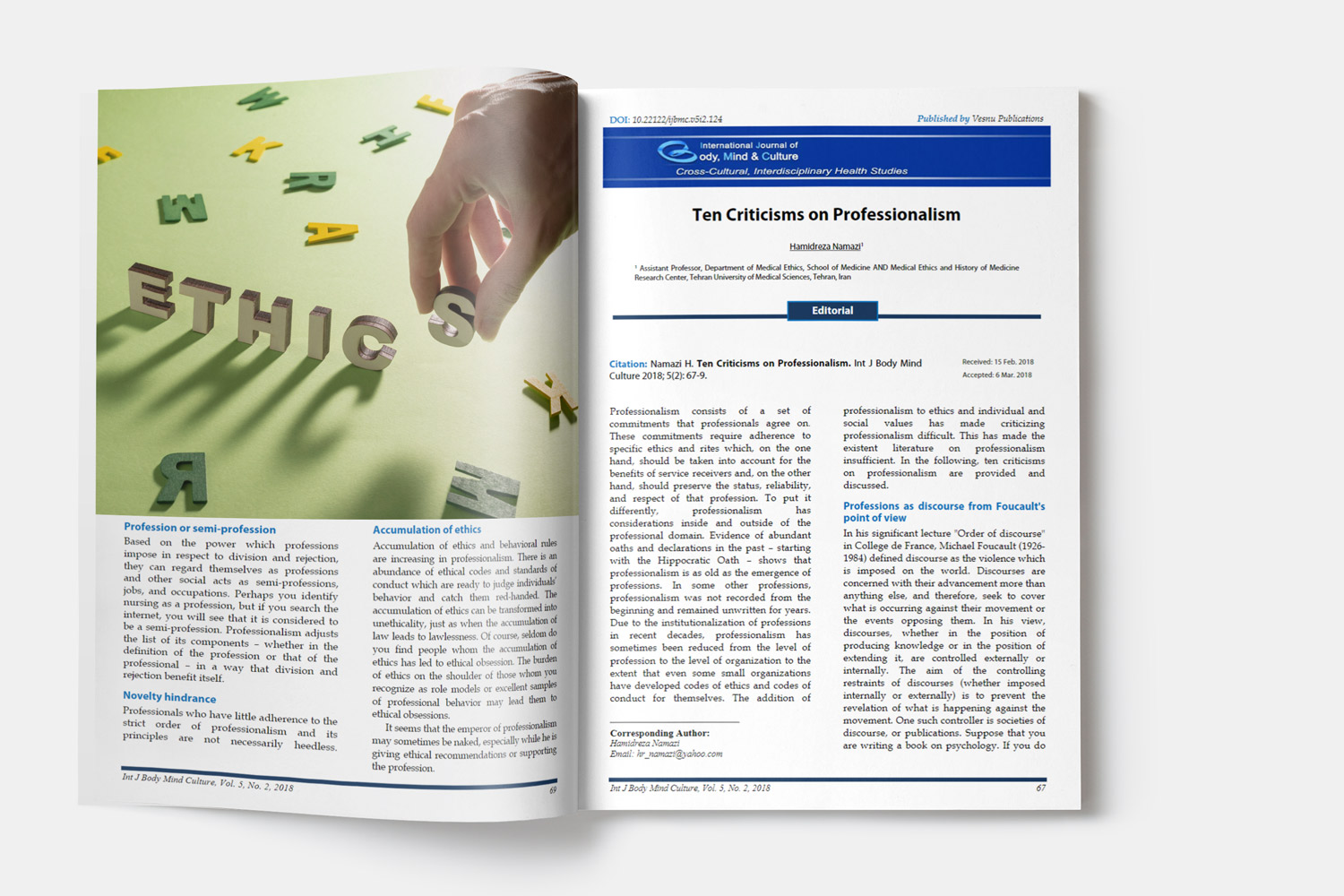Evaluating character and temperament traits in rhinoplasty applicants
Downloads
Objective: Rhinoplasty is a frequent plastic surgery which has been dramatically increasing In Iran. Some reports presenting the role of the character in making decisions for cosmetic surgeries. Therefore, the present study was aimed to assess the relationship between the character and temperament traits with rhinoplasty surgery in Mashhad, northeast of Iran.
Methods and Materials: In the present descriptive cross-sectional study, 286 participants, consisting of 186 elective cosmetic rhinoplasty applicants and 100 control subjects, were included based on the convenience sampling. Demographic information was collected and all participants completed the TCI-125 questionnaire (C. Robert Cloninger, 1994). Data were illustrated by parametric and non-parametric comparisons and crosstab test, using SPSS V 16.
Findings: The temperaments of novelty seeking (p<0.001) and harm avoidance (p<0.001) were significantly higher in rhinoplasty subjects than in the control group. Moreover, the characters of cooperativeness (p=0.002) and self-directedness (p<0.001) were significantly lower in cases than in controls. Categorization based on sex indicated similar results. However, males presented differences just in harm avoidance and self-directedness.
Conclusion: Evaluating character and temperament traits in rhinoplasty applicants will be so helpful in identifying and predicting good candidates for such cosmetic surgery. Selecting the ideal patients could not only reduce the costs imposed on families and society, but also enhance the satisfaction of the patients and the surgeons.
Downloads
Adams, J. (2010). Motivational narratives and assessments of the body after cosmetic surgery. Qualitative Health Research, 20(6), 755-767.
Ahmadi, A. (2024). Predictors of Impulsiveness: The Roles of Sleep Quality and Body Image Dissatisfaction in Physically Disabled Adolescent Girls. Psychological Research in Individuals with Exceptional Needs, 2(2), 28-35. https://journals.kmanpub.com/index.php/prien/article/view/3343
Aliehyaii, F., Latifi, A., & Bakhtiary, M. (2013). An epidemiological study of the reasons for tendency to undergo rhinoplasty in Tehran. Teb va Tazkieh, 22, 9-16.
Alikhah, S., Akbari, B., & Abolghasemi, A. (2023). The effectiveness of acceptance and commitment approach on quality of life and body image in patients with skin disorders by modulating emotional reactivity. Journal of Adolescent and Youth Psychological Studies (JAYPS), 4(7), 88-97. https://doi.org/10.61838/kman.jayps.4.7.10
Ambro, B. T., & Wright, R. J. (2008). Psychological considerations in revision rhinoplasty. Facial Plast Surg, 24(3), 288-292. https://doi.org/10.1055/s-0028-1083083
American Society of Plastic Surgeon. (2021). https://www.plasticsurgery.org/documents/News/Statistics/2020/plastic-surgery-statistics-full-report-2020.pdf
Baykal, B., Erdim, I., Ozbay, I., Oghan, F., Oncu, F., Erdogdu, Z., & Kayhan, F. T. (2015). Evaluation of Relationship Between Body Dysmorphic Disorder and Self-Esteem in Rhinoplasty Candidates. J Craniofac Surg, 26(8), 2339-2341. https://doi.org/10.1097/scs.0000000000002082
Bijan, S., & Behzadipour, S. (2022). One-year Follow-up of Body Image Changes and Sexual Satisfaction in Women Undergoing Cosmetic Breast Surgery. International Journal of Body, Mind and Culture, 9(1), 1-10. https://doi.org/10.22122/ijbmc.v9i1.363
Cloninger, C. R. (1987). A systematic method for clinical description and classification of personality variants: A proposal. Archives of General Psychiatry, 44(6), 573-588.
Cloninger, C. R. (2000). A practical way to diagnosis personality disorder: a proposal. Journal of personality disorders, 14(2), 99-108.
Cloninger, C. R., Svrakic, D. M., & Przybeck, T. R. (1993). A psychobiological model of temperament and character. Arch Gen Psychiatry, 50(12), 975-990. https://doi.org/10.1001/archpsyc.1993.01820240059008
Esmalian Khamseh, L., & Nodargahfard, M. (2020). The Effect of Cosmetic Surgery on Sexual Self-Esteem: Attitudes toward Body Image and Well-Being in Married Women [Original Article]. World Journal of Plastic Surgery, 9(2), 153-159. https://doi.org/10.29252/wjps.9.2.153
Fava, G. A., & Ruini, C. (2003). Development and characteristics of a well-being enhancing psychotherapeutic strategy: Well-being therapy. Journal of Behavior Therapy and Experimental Psychiatry, 34(1), 45-63.
Felix, G. A. A., de Brito, M. J. A., Nahas, F. X., Tavares, H., Cordás, T. A., Dini, G. M., & Ferreira, L. M. (2014). Patients with mild to moderate body dysmorphic disorder may benefit from rhinoplasty. Journal of Plastic, Reconstructive & Aesthetic Surgery, 67(5), 646-654.
Gurok, M. G., Kılıç, F., Sağlam, S., Göçer Gürok, N., Kuloğlu, M. M., & Yıldırım, A. M. (2019). Patients without psychopathology applying for aesthetic rhinoplasty may display elevated harm avoidance and reduced self-directedness: a cross-sectional, case–control study. Psychiatry and Clinical Psychopharmacology, 29(4), 715-721. https://doi.org/10.1080/24750573.2019.1605666
Haghshenas, H. (2014). Personality psychology. Shiraz (Iran): Shiraz University of Medical Sciences, 167-168.
Heidarzadeh, A., Shahmohammadipour, P., Azzizadeh Forouzi, M., Dehghan, M., & Khorasani, Z. (2019). Body Image, Self-Esteem, and Psychological Problems Among Applicants and Non-applicants of Cosmetic Surgery [Research]. Practice in Clinical Psychology, 7(1), 33-42. https://doi.org/10.32598/jpcp.7.1.33
Kaviani, H. (2005). Validation of temperament and character inventory (TCI) in iranian sample: Normative data. Tehran University of Medical Sciences Journal, 63(2), 89-98.
Khajeddin, N., & Izadi Mazidi, S. (2013). The relationship between body image and request and tendency toward rhinoplasty in female students. Jundishapur Scientific Medical Journal, 11(6), 665-673.
Loghmani, S., Loghmani, S., Baghi, H., Hoghoughi, M. A., & Dalvi, F. (2017). Demographic Characteristics of Patients Undergoing Rhinoplasty: A Single Center Two-Time-Period Comparison [Original Article]. WORLD JOURNAL OF PLASTIC SURGERY, 6(3), 275-279. http://wjps.ir/article-1-309-en.html
Loron, A. M., Ghaffari, A., & Poursafargholi, N. (2018). Personality Disorders among Individuals Seeking Cosmetic Botulinum Toxin Type A (BoNTA) Injection, a Cross-Sectional Study. The Eurasian journal of medicine, 50(3), 164-167. https://doi.org/10.5152/eurasianjmed.2018.17373
Marziyeh, N., Mohammad, F., Ali, K., Narges, F., & Ali, M. (2012). Comparison Of Perfectionism In People Who Have Cosmetic Rhinoplasty Surgery And Control Group In Yasouj City. Payavard Salamat, 6(1).
Mehdi Abadi, P. (2023). Exploring the Role of Family Relationships in Shaping Body Image Perceptions. KMAN Counseling & Psychology Nexus, 1(2), 17-23. https://doi.org/10.61838/kman.psychnexus.1.2.4
Millon, T., Millon, C., Davis, R. D., and Grossman, S. D. (2006). . MCMI-III Manual, 3 Edn.
Niya, N. M., Kazemi, M., Abazari, F., & Ahmadi, F. (2018). Personal motivations of Iranian men and women in making decision to do face cosmetic surgery: A qualitative study. Electronic Journal of General Medicine, 15(3), 8.
Pecorari, G., Gramaglia, C., Garzaro, M., Abbate-Daga, G., Cavallo, G. P., Giordano, C., & Fassino, S. (2010). Self-esteem and personality in subjects with and without body dysmorphic disorder traits undergoing cosmetic rhinoplasty: preliminary data. J Plast Reconstr Aesthet Surg, 63(3), 493-498. https://doi.org/10.1016/j.bjps.2008.11.070
Sadock, B. J., & Sadock, V. A. (2000). Kaplan & Sadock's comprehensive textbook of psychiatry, Vols. 1-2. lippincott Williams & Wilkins publishers.
Saeed, K., Khan, F. A., Khan, I., & Farid, A. (2021). Psychology Behind Aesthetic Rhinoplasty – Introducing the term “SIFON”. Journal of Craniofacial Surgery, 32(6), 2152-2154. https://doi.org/10.1097/scs.0000000000007496
Salahian, A. (2019). Comparison of Mental Health and Self-Image between the Applicants and Non-Applicants of Cosmetic Surgery [Orginal Article]. Journal of Research and Health, 9(7), 686-691. https://doi.org/10.32598/jrh.1407.1
Sanatjou, S., Bakhshipour Roudsari, A., Hashemi Nosrat Abad, T., & Mahmoudalilou, M. (2023). Structural Relationships between brain- behavior systems and Cloninger Temperament and Character model with Tetrad dark sides of personality. Journal of Adolescent and Youth Psychological Studies (JAYPS), 4(9), 79-88. https://doi.org/10.61838/kman.jayps.4.9.9
Sari, A. A., Babashahy, S., Olyaeimanesh, A., & Rashidian, A. (1970). Estimating the Frequency and Rate of First 50 Common Types of Invasive Procedures in Iran Healthcare System. Iranian Journal of Public Health, 41(10). https://ijph.tums.ac.ir/index.php/ijph/article/view/2502
Sarwer, D. B., Cash, T. F., Magee, L., Williams, E. F., Thompson, J. K., Roehrig, M., Tantleff-Dunn, S., Agliata, A. K., Wilfley, D. E., & Amidon, A. D. (2005). Female college students and cosmetic surgery: An investigation of experiences, attitudes, and body image. Plastic and Reconstructive Surgery, 115(3), 931-938.
Seyed Alitabar, S. H., & Goli, F. (2024). Exploring the Predictive Role of Body Image and Rumination on Somatic Symptom Severity: A Quantitative Analysis. International Journal of Body, Mind and Culture, 11(3), 193-200. https://doi.org/10.22122/ijbmc.v11i3.689
Sharif, F., Anooshehpoor, B., Mani, A., Zarshenas, L., Zare, N., & Haghighatian, A. (2016). Comparison of the Temperament and Character of Patients Referred to Cosmetic Nasal Surgeon in Shiraz Hospitals, 2015. Int J Community Based Nurs Midwifery, 4(2), 137-147.
Soheylizad, M., Mohammadi, Y., Ezati, E., & Moeini, B. (2020). How Is the Relationship of Spiritual Health and Body Image with the Desire for Aesthetic Surgery among Students? World J Plast Surg, 9(2), 219-227. https://doi.org/10.29252/wjps.9.2.225
TEMPERAMENT, A. P. M. O., & CLONINGER’IN, P. M. H. V. K. (2003). Psychobiological model of temperament and character: TCI. Yeni Symposium,
Turhan-Haktanır, N., Geçici, Ö., Emül, H. M., Aşık, A., Demir, Y., & Özbulut, Ö. (2010). Temperament and character traits of women admitted for breast reduction and comparison with body perception. Aesthetic Plastic Surgery, 34(3), 359-364.
Vahidi, S., Namvar, H., & Aghayousefi, A. (2022). Predicting Happiness Based on Neuroticism and Self-Differentiation with the Mediating Role of Body Image and Optimism in Obese Men and Women. Journal of Applied Family Therapy(3). https://doi.org/10.61838/kman.aftj.3.3.14
Zarandi, A., Lalansofla, F. A., & Ramezani, V. (2012). The Role of self-knowledge, Psychological basic needs and social support in application for cosmetic surgery. Journal of Psychology, 15(4), 369-381.
Zojaji, R., Javanbakht, M., Ghanadan, A., Hosien, H., & Sadeghi, H. (2007). High Prevalence of Personality Abnormalities in Patients Seeking Rhinoplasty. Otolaryngology–Head and Neck Surgery, 137(1), 83-87. https://doi.org/10.1016/j.otohns.2007.02.027
Copyright (c) 2024 International Journal of Body, Mind and Culture

This work is licensed under a Creative Commons Attribution-NonCommercial 4.0 International License.

